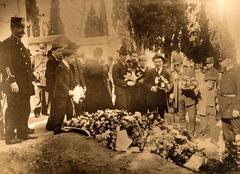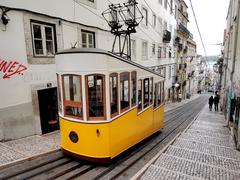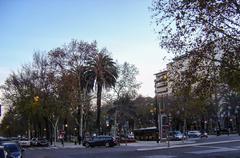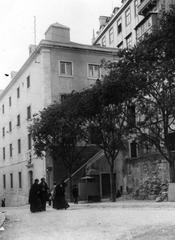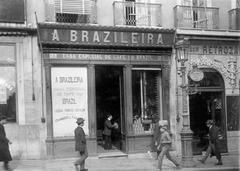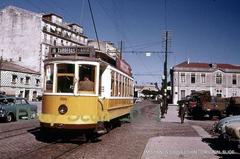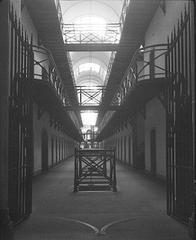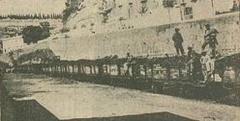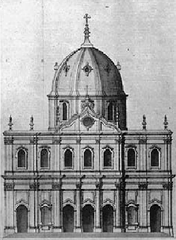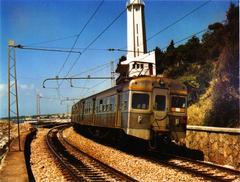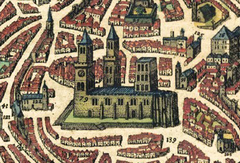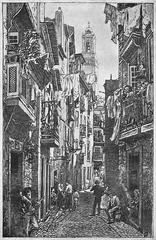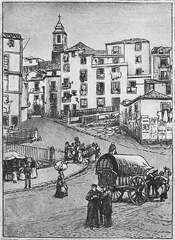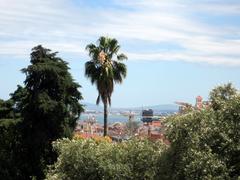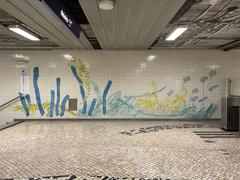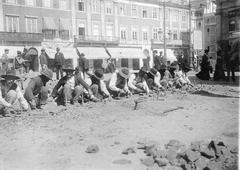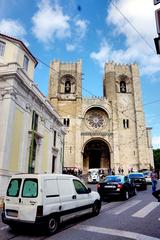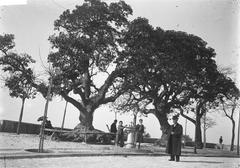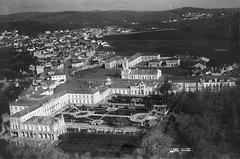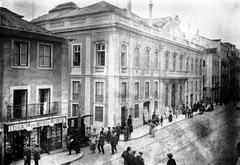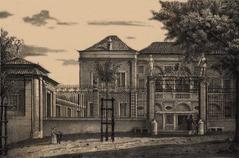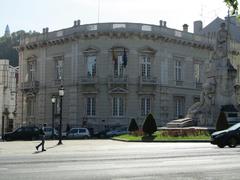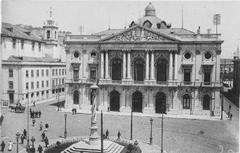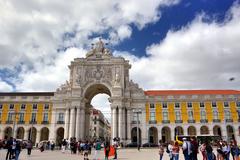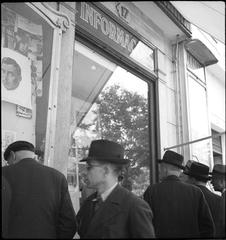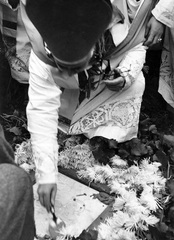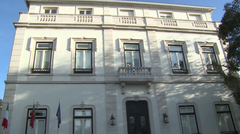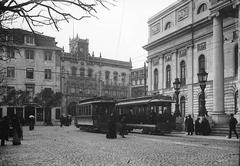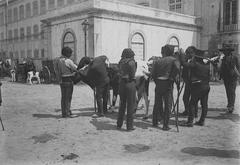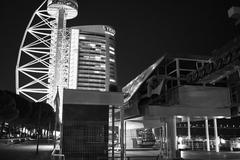Visiting Hours, Tickets, and Historical Insights: A Guide to Panteão Nacional in Lisbon
Date: 18/07/2024
Introduction
The Panteão Nacional, or National Pantheon, is one of Lisbon’s most emblematic landmarks, rich in history and cultural significance. Situated in the historic Alfama district, the Pantheon, originally the Church of Santa Engrácia, was constructed in the late 16th century. Over the centuries, it has evolved into a magnificent Baroque architectural masterpiece with a Greek cross layout and a central dome that offers breathtaking panoramic views of Lisbon and the Tagus River. In the 20th century, it was transformed into the National Pantheon, serving as a mausoleum for Portugal’s most distinguished figures, including the celebrated Fado singer Amália Rodrigues and esteemed poet Sophia de Mello Breyner Andresen (Panteão Nacional History) (Baroque Architecture) (Amália Rodrigues).
Visitors to the Panteão Nacional are drawn to its historical and architectural marvels as well as its role as a cultural and educational institution. The Pantheon hosts various exhibitions, concerts, and events celebrating Portuguese heritage, making it a vibrant hub for tourists and scholars alike. This guide provides essential information for planning a visit, including details about visiting hours, ticket prices, accessibility, nearby attractions, and practical travel tips. Whether you are a history enthusiast, an architecture lover, or a casual traveler, this guide will help you make the most of your visit to this iconic monument.
Table of Contents
- Introduction
- History of Panteão Nacional
- Visitor Information
- Cultural and Educational Role
- Special Events and Guided Tours
- Photographic Spots
- Nearby Attractions
- Dining and Refreshments
- Safety and Security
- Souvenirs and Shopping
- Practical Tips
- FAQ
- Conclusion
History of Panteão Nacional
Origins and Early History
The Panteão Nacional, initially conceived as the Church of Santa Engrácia, dates back to the late 16th century. Commissioned by Princess Maria, the daughter of King Manuel I, in 1568, construction began in 1682 under architect João Antunes, a prominent figure in Portuguese Baroque architecture. However, the project faced numerous delays due to financial constraints and political turmoil (Panteão Nacional History).
Architectural Evolution
The architectural design of the Panteão Nacional is a testament to the Baroque style, characterized by grandeur, intricate details, and dramatic use of light and shadow. João Antunes’ design included a Greek cross plan with a central dome, a novel concept in Portuguese ecclesiastical architecture at the time. The church remained incomplete for over two centuries, finally completed in the 20th century by architect Luís Amoroso Lopes, who adhered to Antunes’ original design while incorporating modern construction techniques (Baroque Architecture).
Transformation into the National Pantheon
In 1916, the Portuguese government decided to repurpose the unfinished Church of Santa Engrácia into the National Pantheon to honor the nation’s most distinguished figures. This decision was part of a broader effort to promote national identity and pride during a period of political instability and social change. The building was officially designated as the National Pantheon in 1966, coinciding with the 40th anniversary of the Portuguese Republic (National Pantheon Designation).
Notable Interments
The Panteão Nacional serves as the final resting place for several prominent Portuguese figures, including:
- Amália Rodrigues: Known as the “Queen of Fado,” Amália Rodrigues is one of Portugal’s most celebrated singers. Her contributions to Fado music earned her a place in the National Pantheon following her death in 1999 (Amália Rodrigues).
- Humberto Delgado: A military officer and politician, Delgado is remembered for his opposition to the Estado Novo regime. Assassinated in 1965, his remains were transferred to the Pantheon in 1990 (Humberto Delgado).
- Sophia de Mello Breyner Andresen: A renowned poet and writer, Andresen’s literary works have left a lasting impact on Portuguese literature. She was interred in the Pantheon in 2014 (Sophia de Mello Breyner Andresen).
Visitor Information
Visiting Hours and Tickets
- Opening Hours: The Panteão Nacional is open from 10 AM to 6 PM every day except Mondays.
- Ticket Prices: General admission tickets are €5. Discounts are available for students, seniors, and groups.
- Accessibility: The monument is wheelchair accessible, and guided tours are available in multiple languages.
Travel Tips
- Getting There: The Panteão Nacional is easily accessible by public transport, including buses and trams.
- Nearby Attractions: While in the area, consider visiting other historical sites such as the Castelo de São Jorge and the Lisbon Cathedral.
Accessibility
The Panteão Nacional is committed to being accessible to all visitors. There are ramps and elevators available for those with mobility issues, though some areas, such as the rooftop terrace, may be challenging to access. It is recommended to contact the staff in advance to discuss any specific accessibility needs (Accessibility Information).
Guided Tours and Audio Guides
For a more enriching experience, consider joining a guided tour. Available in multiple languages, these tours provide in-depth information about the history, architecture, and significance of the Panteão Nacional. Audio guides are also available for rent at the entrance for a small fee.
Photography and Filming
Photography is allowed inside the Panteão Nacional, but the use of flash and tripods is prohibited to preserve the integrity of the artworks and the building. For those interested in filming or professional photography, special permission must be obtained in advance (Photography and Filming Guidelines).
Dress Code and Etiquette
As the Panteão Nacional is a place of historical and cultural significance, visitors are expected to dress respectfully. While there is no strict dress code, it is recommended to avoid wearing overly casual attire such as beachwear. Additionally, visitors should maintain a respectful demeanor, keeping noise levels to a minimum to preserve the solemn atmosphere of the site.
Cultural and Educational Role
Today, the Panteão Nacional serves not only as a mausoleum but also as a cultural and educational institution. It hosts various exhibitions, concerts, and events that celebrate Portuguese history and culture. The building’s impressive architecture and historical significance make it a popular destination for tourists and scholars alike. Visitors can explore the Pantheon’s interior, which features stunning marble floors, intricate carvings, and a breathtaking view from the dome’s terrace (Cultural Events).
Special Events and Guided Tours
The Panteão Nacional hosts various special events throughout the year, including concerts, exhibitions, and commemorative ceremonies. Guided tours are available in multiple languages, offering in-depth insights into the site’s history, architecture, and cultural significance (Special Events).
Photographic Spots
The Panteão Nacional offers several picturesque spots for photography, both inside and outside the building. The central dome provides stunning panoramic views of Lisbon, making it a favorite spot for visitors to capture the city’s beauty. The intricate architectural details and marble inlays inside the Pantheon also offer excellent photo opportunities.
Nearby Attractions
The Panteão Nacional is located in the Alfama district, one of the oldest and most picturesque neighborhoods in Lisbon. After visiting the Panteão, consider exploring nearby attractions such as the São Vicente de Fora Monastery, the Fado Museum, and the Castelo de São Jorge. These sites offer a deeper insight into Lisbon’s rich history and culture.
Dining and Refreshments
There are several cafes and restaurants within walking distance of the Panteão Nacional where visitors can enjoy a meal or a refreshing drink. The Alfama district is known for its traditional Portuguese cuisine, so be sure to try local dishes such as bacalhau (salted codfish) and pastéis de nata (custard tarts). For a unique dining experience, consider visiting one of the fado houses where you can enjoy live fado music along with your meal.
Safety and Security
The Panteão Nacional is a safe and secure site, with staff and security personnel available to assist visitors. However, as with any popular tourist destination, it is important to remain vigilant and keep an eye on personal belongings. Pickpocketing can occur in crowded areas, so it is advisable to carry bags and valuables securely.
Souvenirs and Shopping
A small gift shop is located near the entrance of the Panteão Nacional, offering a variety of souvenirs, books, and postcards. These items make for great mementos of your visit or gifts for friends and family. Additionally, the Alfama district has numerous shops and markets where you can find traditional Portuguese crafts, ceramics, and other unique items.
Practical Tips
- Weather: Lisbon enjoys a Mediterranean climate, but it can get quite hot in the summer months. Be sure to bring water, wear sunscreen, and dress in light, breathable clothing.
- Language: While Portuguese is the official language, many people in Lisbon speak English, especially in tourist areas. Basic Portuguese phrases can be helpful but are not necessary.
- Currency: The currency used in Portugal is the Euro (€). Credit and debit cards are widely accepted, but it is always a good idea to carry some cash for small purchases.
- Public Transport: The Panteão Nacional is easily accessible by public transport. The nearest metro station is Santa Apolónia (Blue Line), and several bus routes also serve the area. For more information on public transport options, visit the Carris website.
FAQ
What are the Panteão Nacional’s visiting hours? The Panteão Nacional is open from 10 AM to 6 PM every day except Mondays.
How much does it cost to visit the Panteão Nacional? General admission is €5, with discounts for students, seniors, and groups.
Are there guided tours available? Yes, guided tours are available in multiple languages.
Is Panteão Nacional accessible to visitors with mobility issues? Yes, the Panteão Nacional has ramps and elevators for accessibility, though some areas like the rooftop terrace may be challenging to access.
Conclusion
The Panteão Nacional stands as a testament to Portugal’s rich historical and cultural heritage. From its origins as the Church of Santa Engrácia to its present status as the National Pantheon, the monument embodies the resilience and pride of the Portuguese people. Its Baroque architecture, notable interments, and role as a cultural hub make it a must-visit destination for anyone exploring Lisbon. Visitors can immerse themselves in the Pantheon’s historical significance, enjoy panoramic views from its dome, and participate in various cultural events hosted within its walls. Nearby attractions in the charming Alfama district further enhance the experience, offering a deeper insight into Lisbon’s storied past. For those planning a visit, this guide provides a wealth of practical information to ensure a smooth and enriching experience at the Panteão Nacional. Whether you are drawn by its historical narrative, architectural beauty, or cultural offerings, a visit to the Panteão Nacional is sure to leave a lasting impression (Cultural Events) (National Pantheon Designation).
References
- Panteão Nacional History. Retrieved from https://www.patrimoniocultural.gov.pt/en/monuments/panteao-nacional/
- Baroque Architecture. Retrieved from https://www.britannica.com/art/Baroque-architecture
- Amália Rodrigues. Retrieved from https://www.britannica.com/biography/Amalia-Rodrigues
- Cultural Events. Retrieved from https://www.visitlisboa.com/en/places/panteao-nacional
- National Pantheon Designation. Retrieved from https://www.visitlisboa.com/en/places/panteao-nacional

